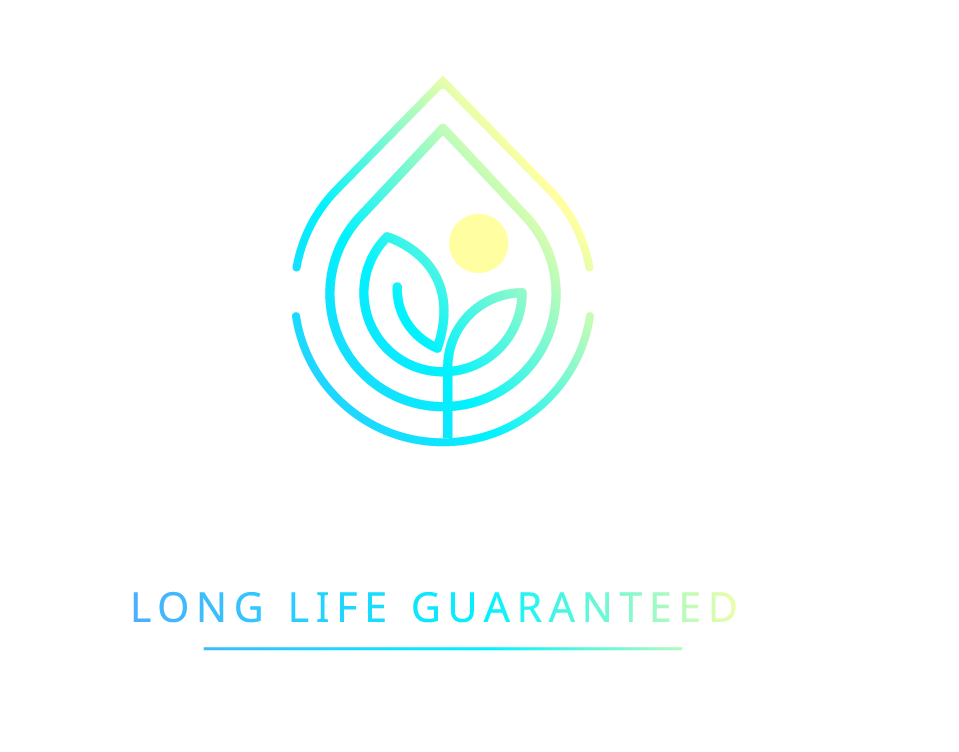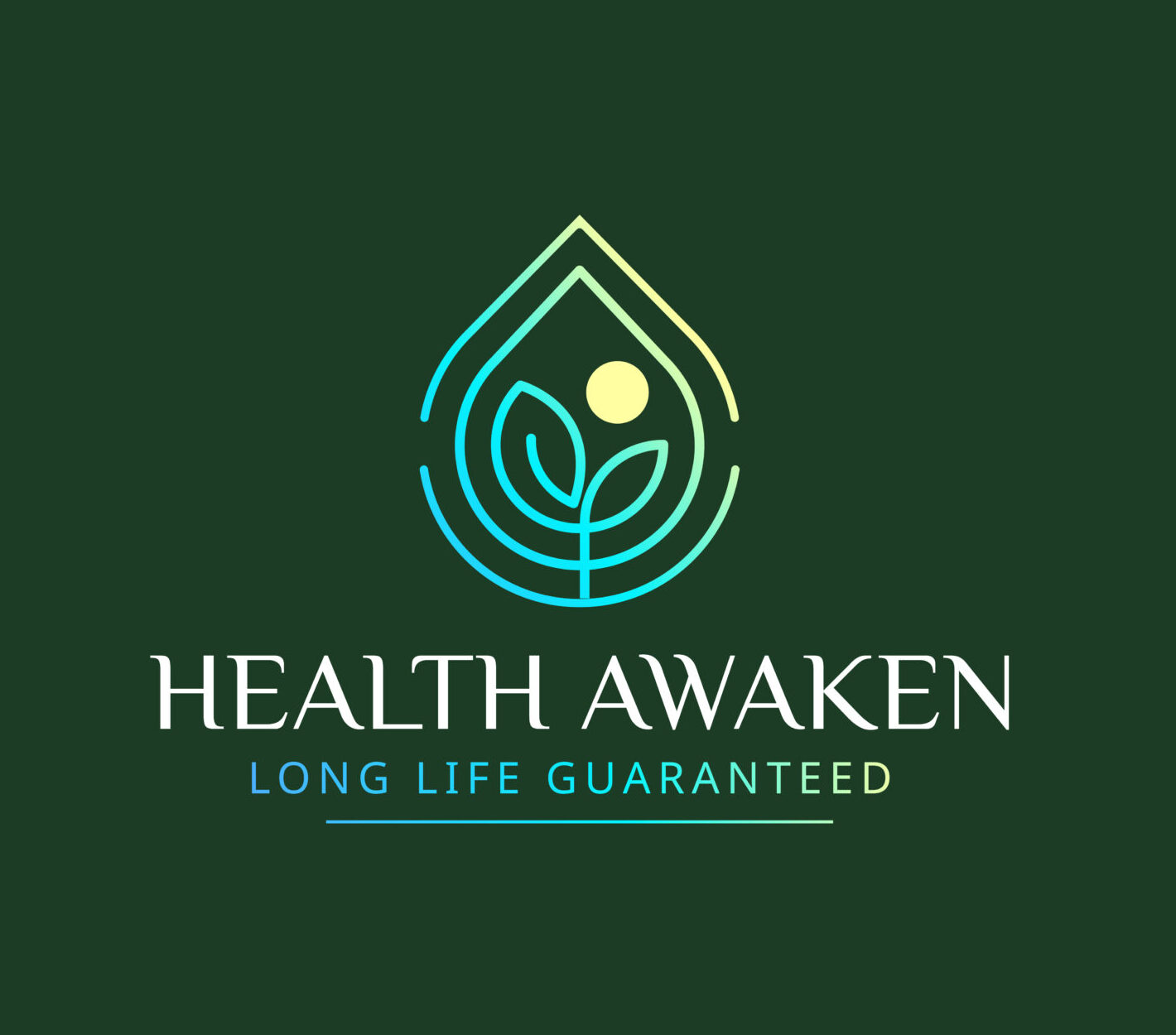Estimated reading time: 8 minutes
Key Takeaways
- Burnout is a state of chronic stress leading to physical and emotional exhaustion.
- Early warning signs include emotional, physical, and behavioral symptoms.
- Understanding the causes of burnout can aid in prevention and management.
- Burnout progresses through five stages, from the honeymoon phase to habitual burnout.
- Burnout differs from depression in context, onset, emotional impact, and recovery strategies.
Table of contents
- Understanding the Signs of Burnout: A Comprehensive Guide
- Key Takeaways
- What is Burnout?
- Early Burnout Symptoms
- Emotional Symptoms
- Physical Symptoms
- Behavioral Signs
- What Causes Burnout at Work?
- Work-Related Factors
- Organizational Factors
- Personal Factors
- Burnout Stages Checklist
- 1. Honeymoon Phase
- 2. Onset of Stress
- 3. Chronic Stress
- 4. Burnout
- 5. Habitual Burnout
- Burnout vs Depression: Understanding the Difference
- Similarities
- Key Differences
- Prevention and Management Strategies
- Work-Related Strategies
- Self-Care Practices
- Professional Support
- Conclusion
- Additional Resources
Are you feeling constantly exhausted, disconnected from your work, or struggling to maintain your usual productivity? These could be signs of burnout, a growing concern in today’s fast-paced work environment. Understanding the signs of burnout is crucial for protecting your mental and physical well-being before more serious health issues develop.
In this comprehensive guide, we’ll explore the key indicators of burnout, its early warning signs, causes, and how it differs from depression. We’ll also provide practical strategies for prevention and management.
What is Burnout?
Burnout isn’t just everyday stress—it’s a state of chronic stress that leads to complete physical and emotional exhaustion, cynicism, detachment, and feelings of ineffectiveness. While stress typically involves too much pressure over a short period, burnout develops when excessive work pressure and negative interactions accumulate over time, leaving you unable to cope effectively.
Research shows that burnout occurs when the demands of your work consistently outweigh your ability to recover and recharge. Burnout Syndrome
Early Burnout Symptoms
Recognizing early burnout symptoms is vital for taking action before the condition worsens. These symptoms typically manifest in three main categories:
Emotional Symptoms
- Persistent feelings of stress and weakness
- Decreased enthusiasm and motivation
- Growing sadness and hopelessness
- Increased irritability and anger
- Work-related dissatisfaction
- Mounting self-doubt
- Developing cynicism
Signs of Burnout and How to Regain Balance
Physical Symptoms
- Constant fatigue and energy depletion
- Recurring headaches and body aches
- Digestive issues
- Weakened immune system
- Disrupted sleep patterns
- Changes in appetite
Burnout Symptoms and Signs
Signs of Burnout and How to Regain Balance
Behavioral Signs
- Declining job performance
- Social withdrawal
- Difficulty concentrating
- Emotional outbursts
- Increased substance use
- Frequent tardiness or absences
Signs of Burnout and How to Regain Balance
Burnout Insights from Mayo Clinic
What Causes Burnout at Work?
Understanding what causes burnout at work is essential for prevention. Here are the key factors:
Work-Related Factors
- Overwhelming workload
- Unrealistic deadlines
- Lack of control
- Insufficient recognition
- Unclear expectations
Optimizing Workflows with AI: Implementing multi agent systems can help manage and distribute workloads more effectively, reducing the risk of burnout.
Organizational Factors
- Toxic workplace culture
- Poor communication
- Job insecurity
- Value misalignment
- Resource limitations
Leveraging tools like OpenAI Deep Research can enhance communication and streamline resource management, fostering a healthier work environment.
Personal Factors
- Perfectionism
- Poor work-life balance
- Limited social support
- Ineffective coping strategies
Incorporating AI-driven solutions from OpenAI Deep Research can provide personalized strategies to improve work-life balance and support effective coping mechanisms.
“The combination of a stressful work environment, heavy responsibility burden, and long working hours creates the perfect conditions for burnout to develop.” Burnout Syndrome
Burnout Stages Checklist
Burnout typically progresses through five distinct stages:
1. Honeymoon Phase
- High energy and job satisfaction
- Strong enthusiasm
- Positive outlook
- Willingness to take on more work
2. Onset of Stress
- Optimism fading
- Initial job satisfaction declining
- Early burnout symptoms appearing
3. Chronic Stress
- Persistent stress symptoms
- Physical health declining
- Social withdrawal beginning
4. Burnout
- Complete exhaustion
- Feelings of failure
- Emotional detachment
- Strong desire to escape
Burnout Symptoms and Signs
Burnout Syndrome
5. Habitual Burnout
- Chronic symptoms
- Embedded in daily life
- Increased health risks
Burnout vs Depression: Understanding the Difference
While burnout and depression share symptoms, they’re distinct conditions:
Similarities
- Exhaustion
- Loss of interest
- Negative thoughts
- Sleep issues
- Poor concentration
Key Differences
Context:
- Burnout: Work-specific, improves with environment changes
- Depression: Affects all life areas regardless of circumstances
Onset:
- Burnout: Gradual development from stress
- Depression: Can occur without clear triggers
Emotional Impact:
- Burnout: Emptiness and depletion
- Depression: Deep sadness and hopelessness
Recovery:
- Burnout: May improve with rest and workplace changes
- Depression: Usually requires professional treatment
“If symptoms persist despite changes to work-life balance, or if you experience thoughts of self-harm, seek professional help, as burnout can deepen into depression if left untreated.” Recognizing Burnout
Prevention and Management Strategies
Work-Related Strategies
- Set clear boundaries
- Take regular breaks
- Delegate when possible
- Communicate needs
- Review priorities
Incorporate multi agent systems to delegate tasks effectively and manage workloads.
Self-Care Practices
- Prioritize sleep and nutrition
- Practice relaxation techniques
- Maintain hobbies
- Build social connections
- Limit technology use
Utilize OpenAI Deep Research to find personalized self-care strategies and manage time efficiently.
Professional Support
- Consider counseling
- Join support groups
- Explore career coaching
- Consult healthcare providers
AI tools like OpenAI Deep Research can assist in finding the right professional support resources.
Conclusion
Recognizing the signs of burnout early is crucial for maintaining your well-being. Use the burnout stages checklist to assess your current state and take action before symptoms worsen. Remember, acknowledging burnout isn’t a sign of weakness—it’s a first step toward better health and work-life balance.
If you’re experiencing burnout symptoms, don’t hesitate to seek professional help. Share this guide with others who might benefit from understanding early burnout symptoms and prevention strategies.






